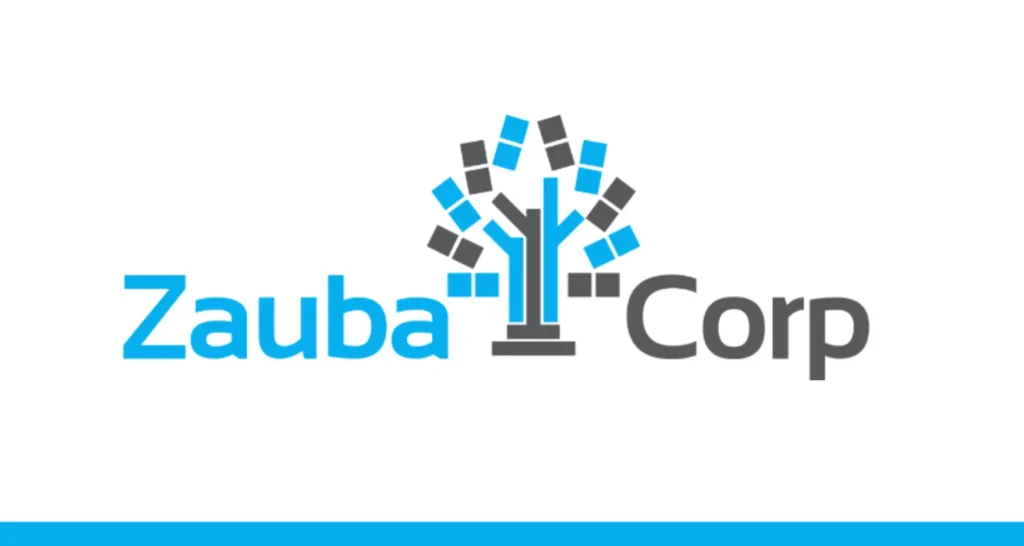Huge data centers are highlighting green energy and pointing to efforts to reduce environmental impacts. However, the problem is serious enough for private digital players and public authorities to tackle.
Cloud, video on demand, social networks, web conferencing, 5G, artificial intelligence, blockchain, cryptocurrencies, the Internet of Things.
These technologies, tools, and practices are creating unprecedented market opportunities for companies and colonizing the daily lives of individuals. However, behind these ‘digital’ and ‘virtual’ developments lies a lesser-known world consisting of servers, huge air-conditioned buildings, cables, and other devices that account for more than 4% of the world’s energy consumption.
Digital technology was responsible for 3.7% of the world’s total greenhouse gas emissions in 2018. Approximately 44% of this footprint is due to the manufacture of terminals, data centers, and networks, and 56% is due to their use. And this trend is exponential. For example, it is estimated that in France alone, these emissions could increase by 60% by 2040, reaching 6.7% of the country’s total emissions. By comparison, the share of aviation is 4.7%.
As a recent study has shown, not only do Internet users feel relatively uninformed about the environmental impact of digital technologies, but even when they do have the necessary knowledge, they do not want to give up their habits. Instead, they hold companies and public authorities responsible for their actions.
First, the practices in question (mobile internet, social networking, video streaming, etc.) are so deeply ingrained in people’s habits and minds that they constitute a ‘social norm.’ So it would be not easy, even stigmatizing, to give it up. Then there is the belief that every technological advance creates its share of pollution and that it should be accepted for its many benefits, or a certain skepticism about the reality of the problem “after all, 3.7% of greenhouse gases, that’s not so much!”. Or a feeling of helplessness like “unsubscribing from Netflix will not solve the problem.”
However, most users claim to be sensitive to environmental issues.
These paradoxical motivations create a cognitive dissonance: internet users are attached to the benefits of digital technology. As a result, they tend to adopt more and more digital services while perceiving harmful environmental impacts.
In their work, the researchers studied the intention to adopt a simple solution that will allow Internet users to reduce their ecological impact. For example, adopting a “green” search tool that offsets greenhouse gas emissions instead of the usual, most widely used one. The results show several ways in which individuals responded to overcome their cognitive dissonance. Some downplay the severity of the environmental threat (implying denial of the problem), others are skeptical of the effectiveness of the proposed solution, but some eventually agree to change their behavior and accept the proposed solution.
The researchers conclude that the results of this study have several practical implications. First, stakeholders need to communicate more to raise consumer awareness. Second, because the ecological impact of ‘virtual’ practices is very abstract in the minds of consumers, information campaigns would benefit from breaking down the ecological value chain into key stages to help individuals visualize the link between online behavior and its effects. These would be real environmental issues.
However, given digital ubiquity, informing the general public is not enough and may even prove counterproductive depending on how individuals cope with cognitive dissonance. Thus, when it comes to research and development, companies must focus on developing innovative solutions that are less harmful to the environment but are equally functional and beneficial. At the same time, they should rethink the typical business model of unlimited access to digital content and include the indirect environmental costs of data consumption. For example, service providers may consider including usage levels in their pricing model or may even take advantage of incentive pricing by offering discounts to consumers when they reduce their ‘data usage.’
Finally, it is essential to help consumers regulate their digital behavior by providing them with online services or apps to help them better control their online behavior (e.g., time spent looking at a screen).
There are many tips to reduce your digital footprint: organize your emails, avoid sending large attached files to too many recipients, save the addresses of frequently visited websites in your favorites, compress files before sending them to the cloud, select the photos and videos you will upload to shared spaces, avoid streaming 4K video when HD will do, but also keep your device (smartphone, computer) longer.
The problem of digital pollution requires the active participation of all stakeholders, not just internet users. We cannot keep offering new uses that will always be more beneficial and value-creating (saving time, convenience, etc.), but equally, generate more and more energy consumption while demanding that users only bear these added values. The responsibility of consumers must not be lost alongside the responsibility of companies and states; all three must act together and promote more sober economic models and lifestyles.













